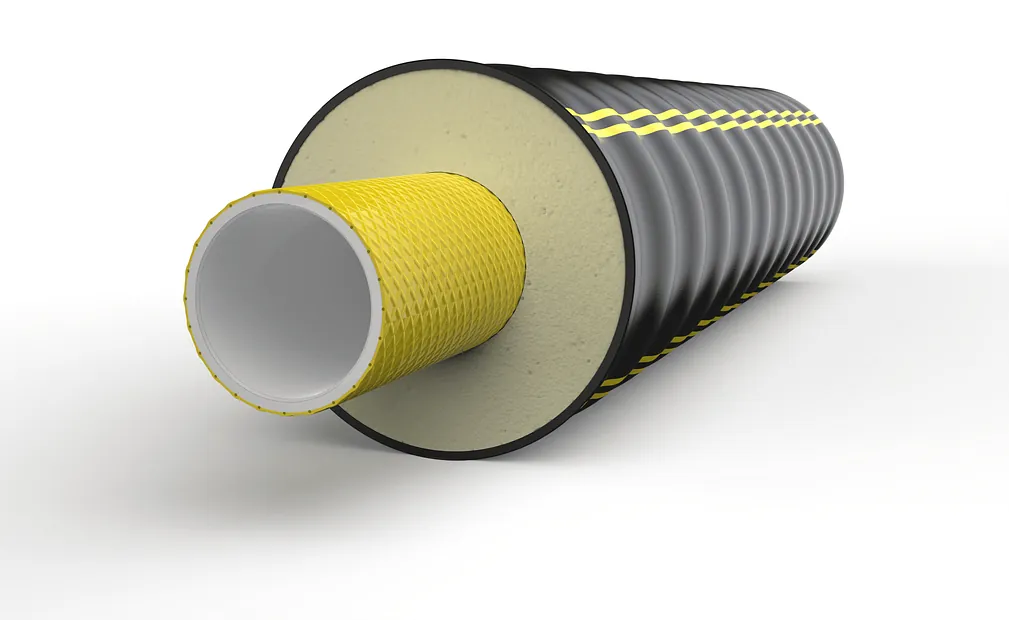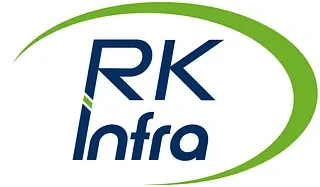
06/10/2025 0 Comments
FibreFlex: The Optimal Piping Solution for Modern Heating Networks
In today’s rapidly evolving energy landscape, the demand for efficient, sustainable, and flexible heating networks is higher than ever. Whether supplying renewable heat from biomass, distributing low-temperature energy, or connecting multiple buildings, the choice of piping system plays a crucial role in ensuring long-term performance and reliability. FibreFlex has established itself as a leading solution for modern district heating applications. Its innovative design combines excellent thermal insulation, high pressure resistance, and installation flexibility — making it the perfect fit for biomass heating networks, low-temperature systems, and building connections alike.
Why FibreFlex is the Best Choice for Biomass Networks, Low-Temperature Heating, and Building Connections
As the demand for efficient, sustainable, and flexible energy distribution systems continues to grow, selecting the right piping solution becomes crucial. Whether it’s for biomass heating networks, low-temperature district heating, or inter-building connections, the piping system must combine thermal performance, durability, and ease of installation. FibreFlex stands out as the ideal solution, offering advanced technical features that meet the requirements of modern energy networks.
Biomass Heating Networks
Biomass heating systems rely on a consistent and reliable distribution network to transport energy efficiently from the production source to the end users. FibreFlex is particularly well-suited to these systems thanks to its ability to withstand continuous operating temperatures of up to +80 °C and a maximum operating pressure of 10 bar. This robust performance is made possible by its reinforced cross-linked polyethylene (PE-Xa) service pipe, which is strengthened with an aramid fibre mesh.
This unique reinforcement structure allows the pipe walls to be thinner while maintaining exceptional strength. As a result, the overall external diameter of the pipes is reduced, which improves the efficiency of the insulation and minimizes heat loss during transmission. In biomass heating networks, where long-term reliability and energy efficiency are essential, FibreFlex provides the ideal combination of durability, pressure resistance, and thermal performance. Its design ensures that the heat generated by biomass systems reaches consumers with minimal loss, maximizing the environmental and economic benefits of biomass energy.
Low-Temperature Heating Networks
Low-temperature district heating networks are becoming increasingly popular as part of Europe’s energy transition and sustainable urban development strategies. These networks depend on excellent thermal insulation and energy efficiency to maintain lower distribution temperatures without excessive heat loss. FibreFlex excels in this regard thanks to its high-performance PUR insulation, which offers a thermal conductivity of ≤ 0.0210 W/mK.
This extremely low level of heat loss means that energy can be distributed over long distances while maintaining stable temperatures, making the system both energy- and cost-efficient. The flexibility of FibreFlex pipes also plays a major role here. Unlike rigid piping systems, FibreFlex can be easily installed in challenging environments or around obstacles, reducing installation time and cost. This combination of thermal performance, flexibility, and durabilitymakes FibreFlex an outstanding choice for municipalities and developers implementing modern low-temperature heating networks.
Building Connections
FibreFlex is equally effective for connecting multiple buildings within a heating network. Urban environments often present complex layouts, narrow streets, and limited underground space. FibreFlex’s lightweight and flexible construction makes it easy to route pipes through these spaces without extensive excavation or complicated jointing. The corrugated PE-LD outer casing, which is seamless and extruded in one piece, provides excellent protection against external influences, ensuring the system remains reliable over decades of operation.
By simplifying routing and minimizing the number of joints, FibreFlex not only reduces installation time but also lowers the risk of future leaks or maintenance issues. This makes it ideal for campus-style networks, residential developments, and commercial sites where multiple buildings need to be interconnected efficiently and cost-effectively.
Conclusion
Across all three applications—biomass networks, low-temperature heating systems, and building interconnections—FibreFlex demonstrates why it is a market-leading solution. Its combination of high thermal efficiency, pressure resistance, structural strength, and installation flexibility provides long-term reliability and energy performance that traditional piping systems struggle to match. For developers, utilities, and municipalities looking to build or upgrade sustainable energy networks, FibreFlex represents a forward-thinking, technically sound, and economically advantageous choice.


Comments
Leave a comment